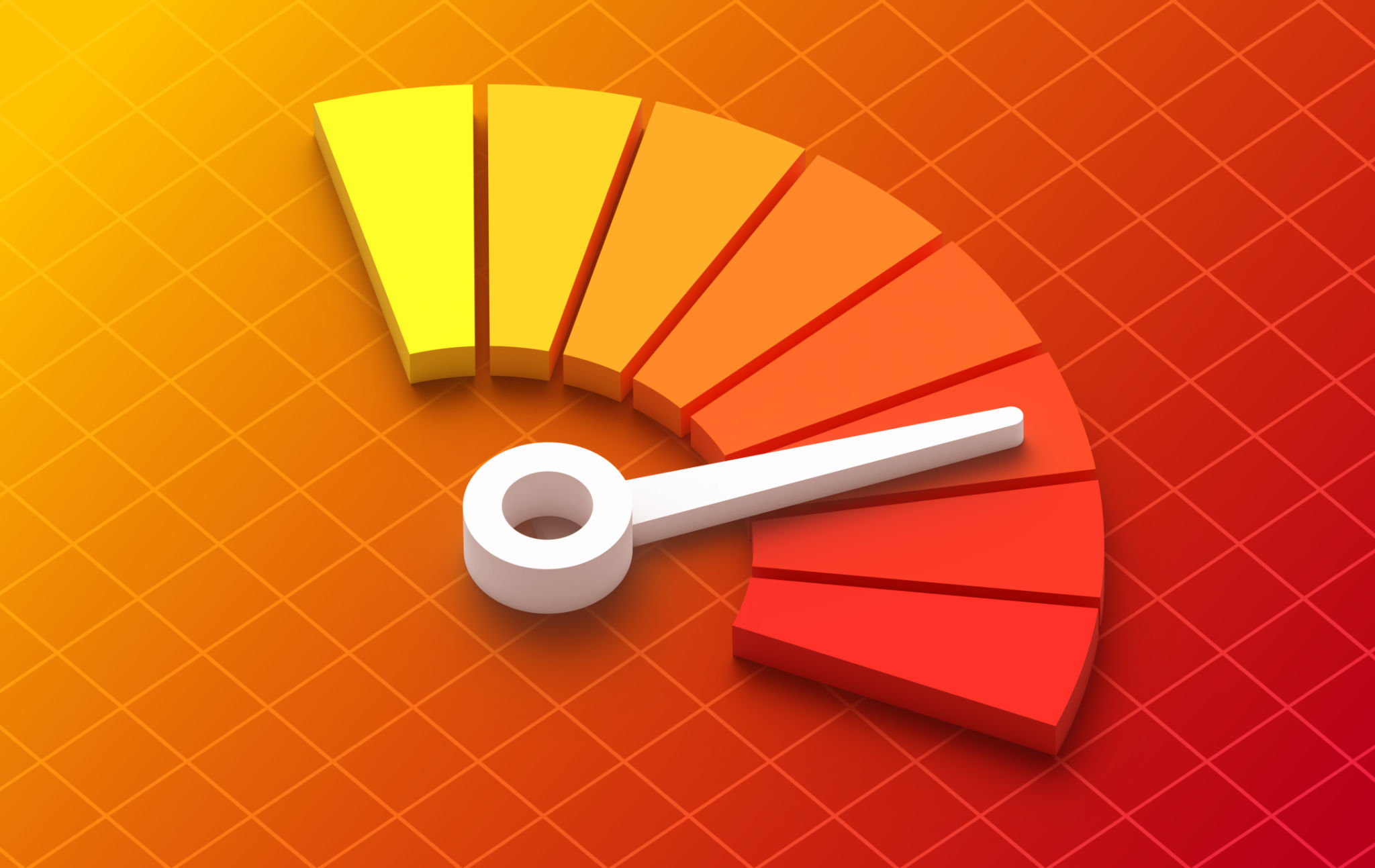Can Texas Keep Up? How the State Is Responding to Its Fastest Growth Rate Yet
Texas is growing rapidly. In 2025, the state's population has reached approximately 31.3 million, adding over 560,000 residents between July 2023 and July 2024.
This 1.8% annual growth rate ranks Texas as the second-fastest-growing state in the nation, just behind Florida. With about 1,500 new residents arriving each day, the Lone Star State faces significant challenges in housing, infrastructure, and public services.
Where Are People Moving?

While major cities like Houston, Dallas-Fort Worth, and Austin continue to attract newcomers, the most rapid growth is occurring in suburban counties. For instance, Kaufman County has experienced a staggering 44% increase in population since 2020. This trend reflects a broader shift as people seek more affordable living options outside urban centers.
Housing: Building to Meet Demand
To accommodate the influx of residents, Texas has become the leading state for new home construction, accounting for 15% of all U.S. housing permits in 2024. Despite this construction boom, affordability remains a concern. While nearly half of the homes for sale are priced under $350,000, only 17% are affordable for households earning less than $75,000 annually.
Infrastructure: Roads, Water, and Power
The state's rapid growth places immense pressure on its infrastructure. The Texas Department of Transportation (TxDOT) has invested over $1.2 billion in highway projects and $9.2 million in airport expansions to alleviate congestion and support economic development. Additionally, Austin is undertaking a $1 billion upgrade to its Walnut Creek Wastewater Treatment Plant to increase capacity and improve water quality.
However, the state's power grid faces challenges. The Electric Reliability Council of Texas (ERCOT) estimates that Texas will need approximately 3,000 miles of new transmission lines at a cost of up to $33 billion to meet the growing demand for electricity.Homepage+1KEYE+1
Public Services: Schools and Healthcare
The population surge also impacts public services. School districts are grappling with overcrowded classrooms, and healthcare facilities are experiencing increased patient loads. Addressing these issues requires strategic planning and investment to ensure that essential services keep pace with growth.
A Snapshot of Texas Growth
| Category | Statistic |
| Total Population (2025) | 31,290,831 |
| Annual Growth Rate | 1.8% |
| Daily New Residents | Approximately 1,500 |
| Fastest-Growing County | Kaufman County (44% growth since 2020) |
| New Home Construction | 15% of U.S. housing permits in 2024 |
| Affordable Homes (<$350K) | 47.5% of for-sale inventory |
| Homes Affordable (<$75K) | 17% of available homes |
Looking Ahead
Texas's rapid population growth presents both opportunities and challenges. While the state's economy benefits from a growing workforce and consumer base, ensuring that infrastructure, housing, and public services keep pace is crucial. Through continued investment and strategic planning, Texas aims to accommodate its expanding population while maintaining the quality of life for its residents.

